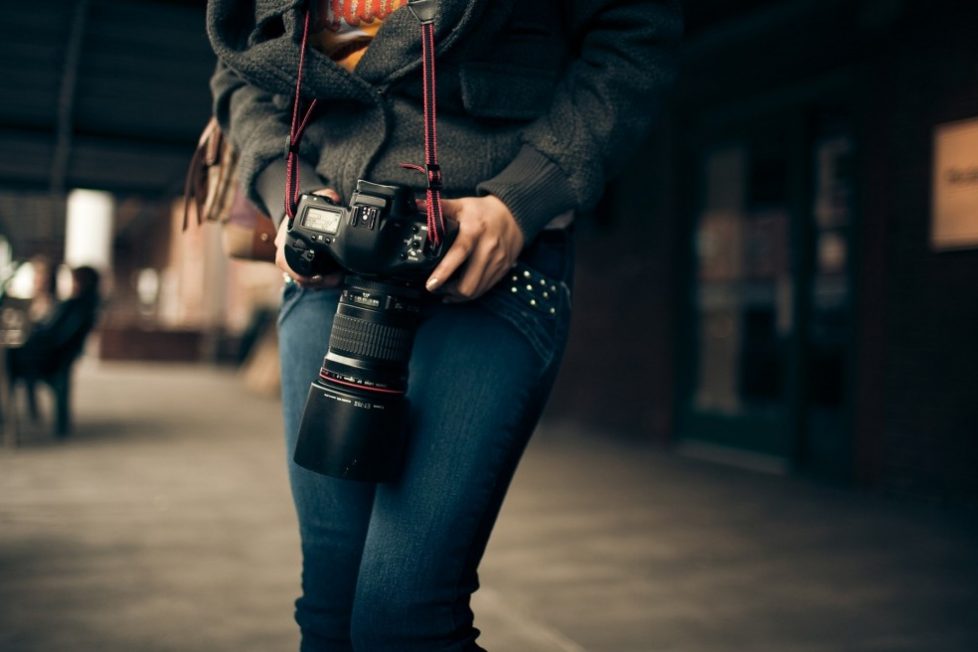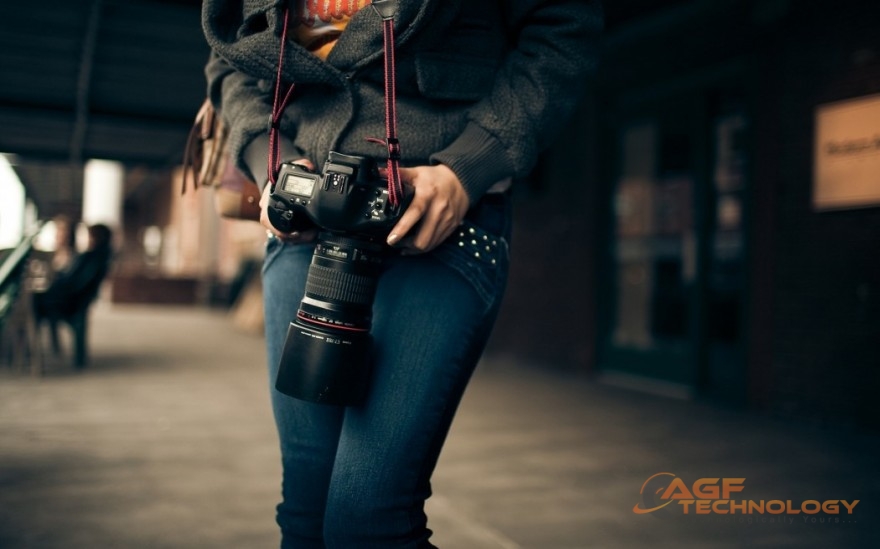Cropped Sensor, or Full Frame? How To Choose A DSLR Camera For Your Needs


When you are shopping for a digital single-lens reflex camera, more commonly referred to as a DSLR, there are several factors that you’ll need to consider. While lens types, warranties, size, resolution, and modes are all factors that hold importance, sensor size is something that is a little more complicated to comprehend. As you’re comparing different DSLR models, you’re bound to stumble across the terms full frame and cropped frame sensor. Each of these terms refer to the image sensor size, and each type has its own benefits and drawbacks. If you’re not familiar with image sensors and why they matter, read on and discover how to make the best choice.

If you’re reviewing a product description and it says that the camera uses a full-frame image sensor, don’t let the lingo fool you. Full frame is a very broad term that is used much too often by manufacturers when describing products. To be as specific as possible, a full-frame image sensor is one where the sensor is about 24mm x 36mm. Since the frame is larger, it gives the user the ability to take higher quality ISO images and also makes it possible to take high-quality wide angle images. Because of the larger sensor size, these cameras take images with more digital information, which leads to better image quality.
A cropped frame is where there is a smaller sensor. Cameras with a crop factor take a smaller range of the image and display it. It is essentially like taking a picture and them throwing away a portion of the outside edges. How much is thrown out will depend upon the crop factor. If a camera has a crop sensor of 1.5x, it will get more of the image in the frame than a camera with a 1.6x crop factor.
You need to consider both the advantages and drawbacks of image sensor size when you’re making a purchasing decision. Some of the biggest advantages of the full-frame sensor is that you will get a cleaner image with less image noise at wider angles, along with less grain at higher ISO levels. A camera with a large full-frame sensor, like the Nikon D3200 (made cheaper with Discountrue coupons for Sears), can also capture images in both high and low-light situations. While these are benefits, the added cost typically makes a full frame sensor the realm of professional photographers and serious prosumers.
You might think that larger image sensors are best in all situations, but that’s not the case. Smaller sensors can make sense with sports and action shots since the crop factor functionally adds zoom range to the lens. If you have a 200 mm lens on a cropped sensor body, for instance, the functional range of the lens is 200 multiplied by the crop factor of 1.5 for Nikons and 1.6 for Canons, which equals the effect of a 300 mm or a 320 mm lens, respectively.
There’s so much more to DSLR cameras than you might initially think. As you start to compare models, you will come across descriptions with terms you have never heard of. A quick way to narrow down your options is to consider your needs. If you are looking for the highest quality camera for professional work and you don’t mind shelling out $2000 for a camera body and around $1000 per lens, then consider a full frame camera. If you are just a hobbyist, you can probably get by with a cropped sensor body that runs around $500-$700 with lenses around that same range.
